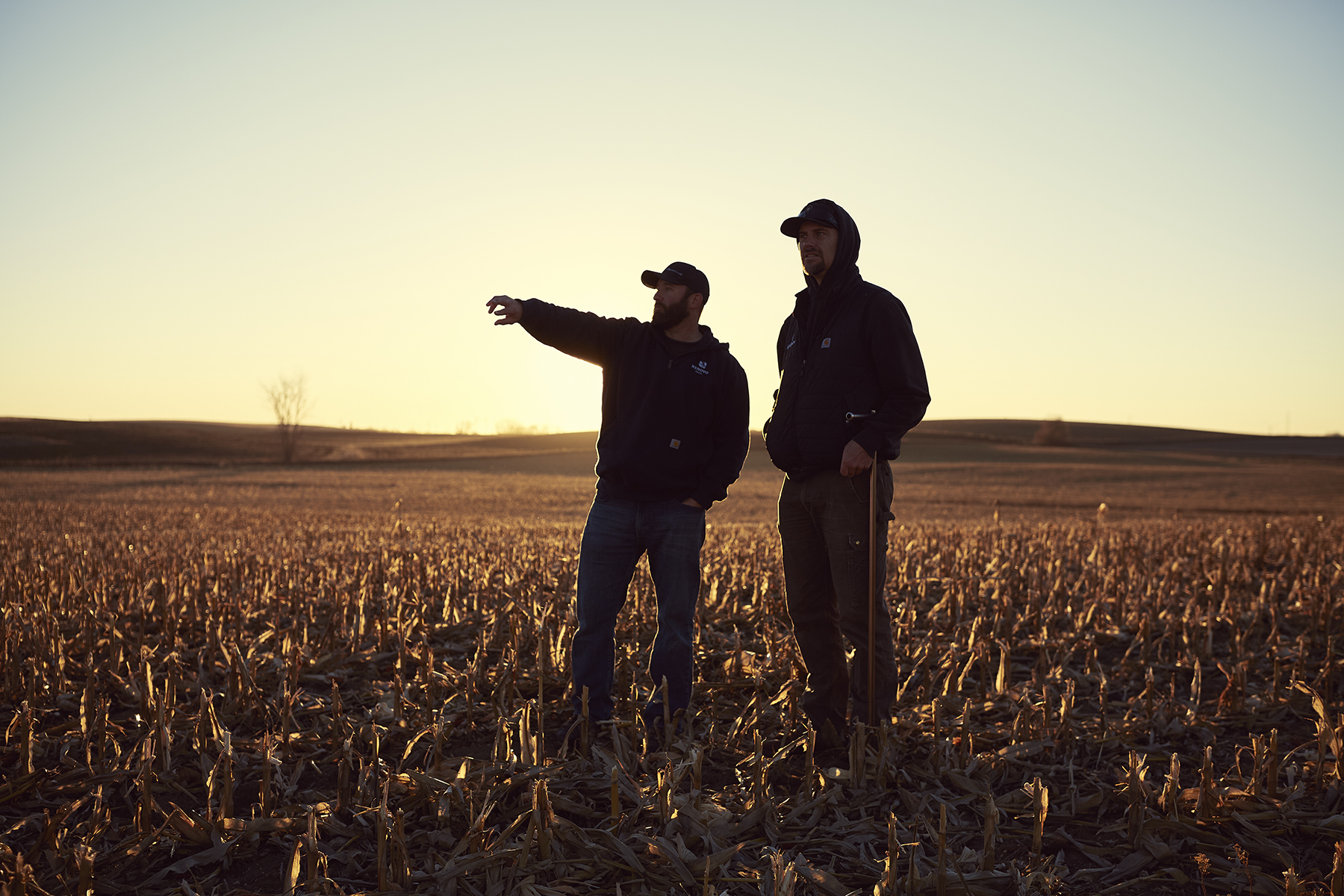
“Re-establishing grasslands on marginal agriculture acres or diversifying existing grasslands through perennial plantings and different grazing management practices ultimately helps build resilience to weather extremes like drought or extreme moisture on a ranch,” said Hector Menendez, Assistant Professor and SDSU Extension Livestock Grazing Specialist, who also works on the Grass is Greener program through a partnership between AgSpire and South Dakota State University.
Hector and a team of SDSU researchers are tasked with reviewing cattle producers’ diverse grassland management practices and measuring the actual output of methane by cattle, as well as grassland’s ability to sequester carbon. “Today’s livestock producers face increasing public scrutiny because animal agriculture is often cited as a major contributor to greenhouse gas emissions. However, this negative perception does not take into account the carbon sequestration benefits of grazing livestock,” reads the project narrative.
Through the Grass is Greener project, AgSpire connects with cattle producers, helping them select and implement practices that align with their land and management goals – along with incentives and technical assistance to help producers find success on the ground.
Producers like Minnesota cattleman, Mitch Pederson.
Pederson is currently utilizing the Grass is Greener program to fund the transition of about 100 row crop acres on his farm to forage for his cow/calf herd. Starting the transition by seeding a forage cover crop mix to graze this fall, Pederson plans to follow the cover crops with a perennial forage seed mix.
Because his farm is located in the Prairie Pothole region, Pederson’s ultimate goal is to transition all his row crop acres to perennial grasses and use his cattle to harvest them. He is using the Grass is Greener and other AgSpire programs to help cover the costs.
“I love the perennial systems for resiliency – perennial grasses weather the extremes much better than row crops,” Pederson said. “With perennial grasses, I no longer need to fight against Mother Nature. When we get rains, the grasses will help with water infiltration and when we are faced with drought, the perennial roots will tap into water below the soil’s surface.”
Weathering extremes is important. He explained that in the first five years after purchasing the farm from his great uncle, the farm saw both the wettest and driest years on family record.
In addition to helping cover the costs associated with establishing the perennial forages, AgSpire connected him with one of their Technical Advisors to maximize success. And because Pederson is enrolled in the Grass is Greener program, he will also receive a per-head premium for cattle that graze on the pastures where he implemented the practice.
In total, the project aims to help hundreds of producers across the Northern Great Plains, Midwest, and into the Southeast – impacting an estimated 3.4 million acres of land.
by Lura Roti for AgSpire
Learn More:
- Hear from Mitch about the benefits he sees from conservation practices
- The Grass is Greener Program Details
- Read the full article in BEEF Magazine Online